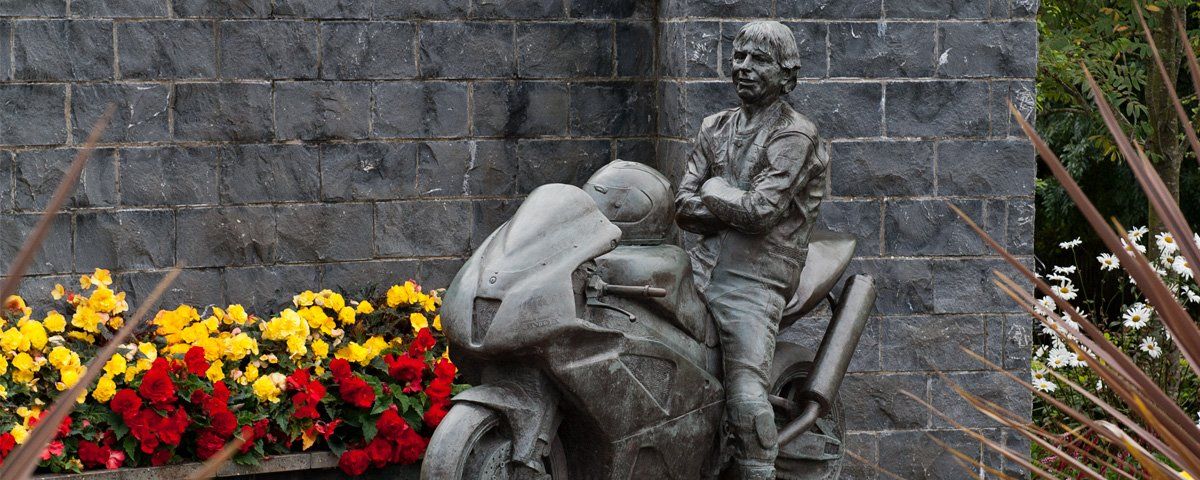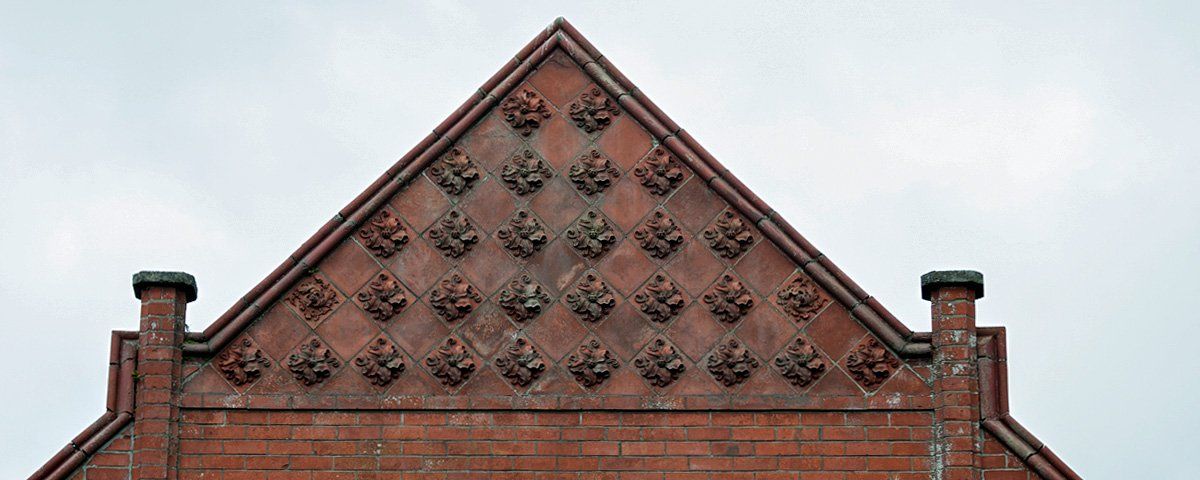Ballymoney means ‘Place of the peatland’, it developed on a low ridge that rose out of the surrounding bog land where several routes from the north-south and east-west converged. It is widely cited as one of the oldest market towns in Ireland and has some excellent examples of period architecture, the town also has a large number of unique independent businesses. The earliest existing building is the church tower at Church Street which dates to 1637, it was rebuilt after being burnt during the 1641 rebellion and remained in use until 1782.
The area has been inhabited since Neolithic times, evidence of this has can be seen at Craigs Dolmen, Broad Stone and Dooeys Cairn at Dunloy. The oldest recorded settlement in Ireland is a few miles away at Mountsandel Fort on the Bann Valley Scenic Drive, I independently include Ballymoney as a destination on the drive it baffles me why it was not include, this may be down to old parochial nature of local councils. The settlement of Ballymoney formed on the site of two pre-Christian forts, one at the western end which is now Castle Street and the other at the eastern end (Meeting House Street). Throughout the borough you can find numerous early Christian sites such as Drumaqueran where the Chi Rho Stone is.
The north-western expansion of the Normans in Ulster included Ballymoney, they built a fortified house on the site of one of the earlier forts, this guarded the western approach to the settlement, on the other site another fortified house stood until the last century. These two locations formed the beginning of Ballymoney and from which the town develop. In the outlying area, you will find nice examples of early Norman fortifications: Knockahollet Motte and Bailey at Loughgiel and Drumart Motte on the Kirk Road. The town became a focal point for rural commerce, this nature of the town really developed during the plantation period. the Earl of Antrim Sir Randal MacDonnell brought thousands of lowland Scots to settle on his lands both before and during the plantation.
A general market took place here weekly selling grain, fish, potatoes, oats, meat, peat, dairy products and general goods, a grain market took place three times a week and a livestock market once a week. Animals and poultry would be brought in from the outlying rural area, it was not uncommon for cattle, pigs and geese to be driven on foot from as far away as Ballycastle and Bushmills. The linen industry also greatly benefited the commerce of the town as a market for the finished product. There were two hiring fairs each year, one in May and another in November. Men, women and children would come and present themselves for hire as farm labourers and domestic servants. Until farm machinery developed, manual filed labour was the only way food production took place. The beautiful period architecture in the town reflect the prosperity that existed developed here over many centuries.
The rise of the linen trade impacted local commerce, though no mills developed in the town. In the rural areas, flax was being grown, bleached and then sold here and transported to Belfast by train. In 1866 one of the largest spinning mills outside Belfast was built at Harmony Hill (Balnamore) just outside Ballymoney, this employed close to 400 workers. It was originally founded by John Caldwell in 1764 who had bought a corn mill and land at Harmony Hill, he built a bleach works and beetling mill which saw the business rapidly develop and expand. The spinning mill itself which was built another owner incorporated 400 water-powered spindles and produced yarn for sail cloth and canvas.
The large number of people employed here led to the development of Balnamore village with mill worker cottages, a shop and eventually a school. The mill was in production until the industry went into decline during the 1930s. The mill officially closed in 1959. Ballymoney railway station opened in 1855 on the mainline from Belfast to Londonderry, it was part of the Belfast and Northern Counties Railway. The classic railway station we see today was built in 1901 and designed by Berkeley Deane Wise. Ballymoney was also the terminus for the Ballycastle narrow gauge railway which ran for seventeen miles connecting the villages of Dervock, Stranocum, Gracehill, Armoy and Capecastle. It opened in 1880 and at its peak carried over 80,000 passengers per year. The narrow-gauge railway closed in 1950 and the mainline goods services ceased in 1965.







